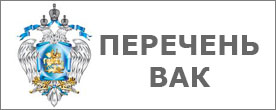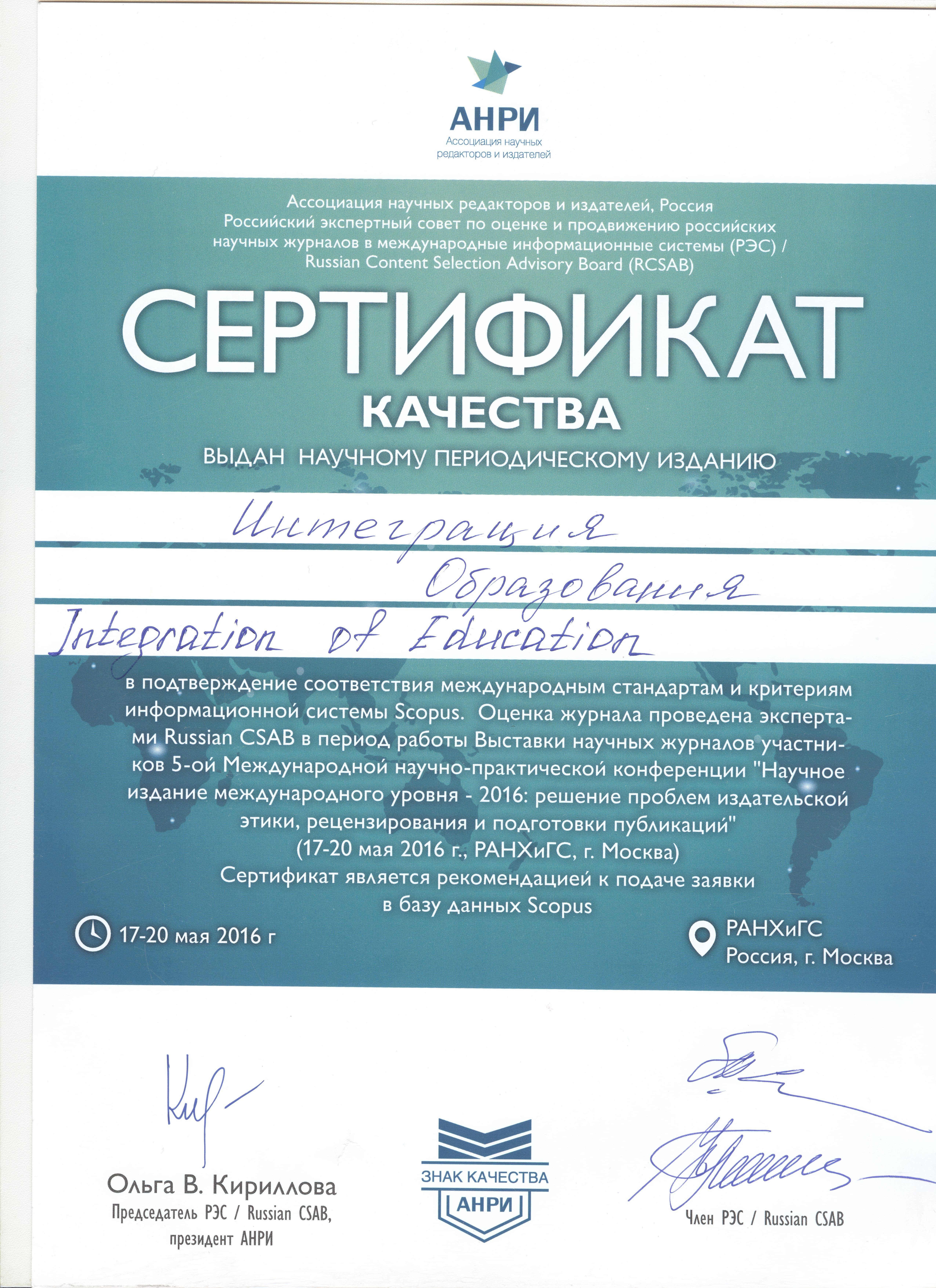UDK 37.026:811
DOI: 10.15507/1991-9468.089.021.201704.751-764
Bilingualism’s Didactic Potential in Teaching a Foreign Language
Mikhail V. Mosin
Head of Chair of Finno-Ugric and Comparative Linguistics, National Research Mordovia State University (68 Bolshevistskaya St., Saransk 430005, Russia), Dr.Sci. (Philology), Professor, ORCID: http://orcid.org/0000-0003-3916-5235, This email address is being protected from spambots. You need JavaScript enabled to view it.
Lyubov P. Vodyasova
Professor of Chair of Native Language and Literature, Mordovian State Pedagogical Institute named after M. E. Evseviev (11a Studencheskaya St., Saransk 430007, Russia), Dr.Sci. (Philology), ORCID: http://orcid.org/0000-0001-6767-6337, This email address is being protected from spambots. You need JavaScript enabled to view it.
Natalya M. Mosina
Professor of Chair of Finno-Ugric and Comparative Linguistics, National Research Mordovia State University (68 Bolshevistskaya St., Saransk 430005, Russia), Dr.Sci. (Philology), ORCID: http://orcid.org/0000-0003-1742-5438, This email address is being protected from spambots. You need JavaScript enabled to view it.
Natalya V. Chinaeva
Associate Professor of Chair of Finno-Ugric and Comparative Linguistics, National Research Mordovia State University (68 Bolshevistskaya St., Saransk 430005, Russia), Ph.D. (Philology), ORCID: http://orcid.org/0000-0002-7168-4986, This email address is being protected from spambots. You need JavaScript enabled to view it.
Introduction: the authors are concerned with the issue of teaching a foreign (Finnish) language in a bi- and polylingual educational environment. As of today, a large number of students at Russian educational institutions of higher education is national-Russian bilinguals. They have a special vision of the world, a special linguistic behaviour, which cannot be ignored in the learning process. The aim of the article is to give a thorough account of the concept of bilingualism and its types, to reveal its didactic potential in teaching a foreign language.
Materials and Methods: the paper draws on the combination of methods: analysis and synthesis of the scientific literature, logical methods of analysis of concepts, methodological modeling, survey, experts’ assessment, etc. For processing of empirical data statistical methods such as percentage distribution and ranking were used.
Results: the paper identifies the types of bilingualism, taking into account various criteria, the degree of influence of bilingualism on the nature and causes of language interference. The core principles of bilingual education are formulated. The didactic potential of bilingualism in foreign language teaching is defined, specifics of learning a kindred language ‒ Finnish language by students who are Mordovian-Russian bilinguals is discussed.
Discussion and Conclusions: bilingualism in modern society is a coexistence of two languages within the same speech community that employs these languages in the respective communicative spheres depending on social situation and different parameters of speech act. When teaching a foreign language this offers an instructor the opportunity to rely on the students’ linguistic experience in the native and Russian languages and to use it when mastering a foreign language. The didactic potential of bilingualism revealed in the present work makes it possible to determine the features of language interference, contributes to the process of intensifying the teaching of students to foreign languages.
Keywords: bilingualism, types of bilingualism, bilingual education, foreign language, polylingualism, character and reasons of language interference
Acknowledgements: the authors are grateful to the reviewers whose valuable comments have helped to correct factual errors and improve the quality of the manuscript.
For citation: Mosin M.V., Vodyasova L.P., Mosina N.M., Chinaeva N.V. Bilingualism’s didactic potential in teaching a foreign language. Integratsiya obrazovaniya = Integration of Education. 2017; 21(4):751-764. DOI: 10.15507/1991-9468.089.021.201704.751-764
Contribution of the authors: Mikhail V. Mosin – research supervision; elaboration of the concept and methodology of the paper. Lyubov P. Vodyasova – theoretical analysis of the bibliography on the research problem; critical analysis and revision of the text. Natalya M. Mosina – analysis of the results, interpretation of data; drafting the initial version of the text; carrying out an experiment. Natalya V. Chinaeva – critical analysis of bibliography; polling of respondents; data collection in groups; providing resources.
All authors have read and approved the final manuscript.





























